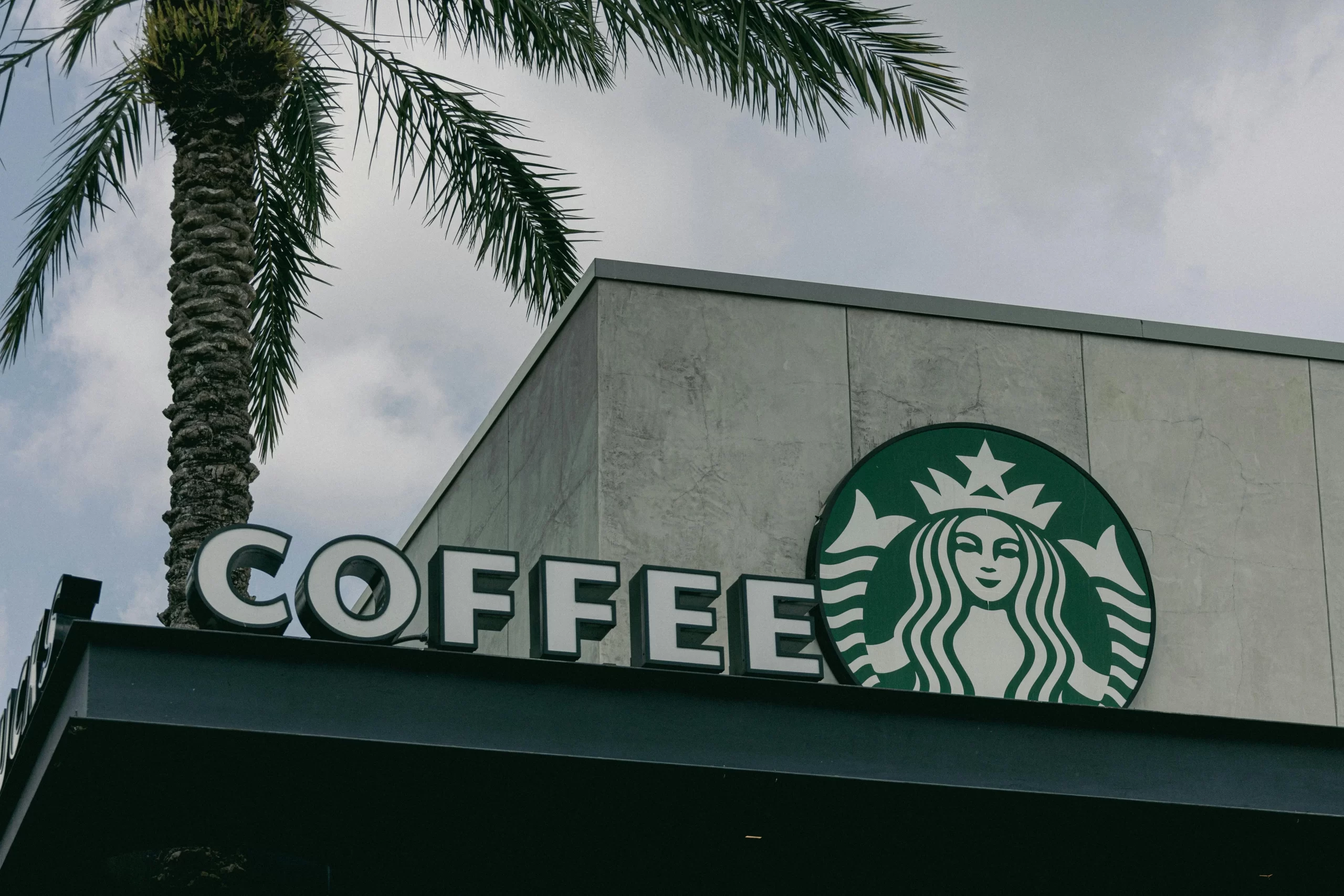Case Studies
The Starbucks Experience: Human-Centered Planning for Customer Loyalty

Starbucks isn’t just about coffee—it’s about experience. The company has mastered the art of blending premium products, personalized service, and a strong brand identity to create a deeply loyal customer base. Through human-centered planning, Starbucks ensures that every interaction—from ordering a latte to enjoying a cozy café ambiance—keeps customers engaged and returning for more.
Howard Schultz, former CEO of Starbucks, once said, “We are not in the coffee business serving people, but in the people business serving coffee.” This philosophy defines Starbucks’ approach to customer loyalty.
How Starbucks Plans for Customer Loyalty
Starbucks doesn’t leave customer engagement to chance. Instead, it employs a strategic mix of process planning, behavioral psychology, and technology to create a seamless experience that fosters deep emotional connections.
- Personalization at Scale – Starbucks uses AI-driven recommendations and its mobile app loyalty program to create personalized customer journeys.
- Third Place Philosophy – Starbucks positions itself as a “third place” (home, work, and Starbucks), making each store a welcoming community hub.
- Consistent Quality & Service – Baristas are trained to remember customer preferences, creating a sense of personal connection.
- Omnichannel Experience – Starbucks ensures seamless ordering across in-store, drive-thru, and mobile platforms, enhancing convenience.
Example: Starbucks’ rewards program has over 30 million active members, proving the power of a well-planned loyalty strategy.
KPI-Driven Customer Experience
To maintain its customer-first approach, Starbucks tracks key performance indicators (KPIs) that ensure high engagement and satisfaction.
- Customer Satisfaction Scores (CSAT) – Measures in-store and mobile app experience.
- Net Promoter Score (NPS) – Evaluates brand advocacy and loyalty.
- Repeat Purchase Rate – Tracks how often customers return for their favorite drinks.
- Mobile Order & Pay Adoption – Measures engagement with digital convenience tools.
- Employee Engagement Scores – Ensures that staff morale directly reflects on customer interactions.
Example: Starbucks optimizes store layouts based on foot traffic data, making adjustments in furniture placement and service flow to improve the overall experience.
How Gamification Enhances Customer Loyalty
Starbucks integrates gamification mechanics into its rewards program to make loyalty engaging and habit-forming.
- Stars & Tiers – Customers earn “Stars” for every purchase, unlocking different reward levels.
- Bonus Challenges – Time-sensitive offers encourage frequent visits.
- Personalized Offers – AI-driven incentives match individual preferences.
- Social Engagement – Community-driven promotions encourage customer interaction.
Example: Starbucks’ seasonal challenges, like the “Star Dash,” drive significant increases in store visits by rewarding frequent purchases.
Applying the Total Football Framework (TFT) to Human-Centered Customer Experience
The Total Football Teams (TFT) Framework, which emphasizes agility, team coordination, and role adaptability, can be instrumental in enhancing Starbucks’ customer loyalty strategy. Here’s how:
- Cross-Functional Collaboration – Just like in Total Football, Starbucks baristas and store managers must be adaptable and work fluidly in different roles, ensuring a seamless customer experience.
- AI-Driven Task Allocation – Starbucks can integrate AI to dynamically allocate tasks in real-time, improving service efficiency during peak hours.
- Continuous Feedback Loop – TFT’s iterative improvement model can help Starbucks refine its customer experience based on real-time data and employee insights.
- Customer Engagement as a Game Plan – Just as TFT teams analyze performance to adapt strategies, Starbucks can use data-driven insights to personalize and optimize each customer’s journey.
Example: Implementing a TFT-style adaptive workforce strategy could help Starbucks reduce wait times by 20-30% through real-time adjustments in staffing and task distribution.
Future of Starbucks’ Customer-Centric Growth
Starbucks continues to innovate, focusing on:
- AI-Driven Personalization – Enhancing digital engagement through machine learning.
- Sustainability Initiatives – Encouraging reusable cup usage and ethical sourcing.
- Expansion in Emerging Markets – Localizing experiences while maintaining brand consistency.
- Smart Café Designs – Optimizing store layouts for efficiency and better customer interactions.
Example: Starbucks’ Greener Stores Initiative aims to cut carbon emissions by 50% by 2030, aligning with environmentally conscious consumer values.
Final Takeaways: Why Starbucks’ Customer Strategy Works
Starbucks’ success is rooted in thoughtful planning, emotional engagement, and a data-driven approach to loyalty.
- Customer experience is at the core of every strategy.
- Data analytics and AI personalize interactions.
- Gamification makes loyalty programs engaging and rewarding.
- TFT-inspired adaptability ensures employees optimize every interaction.
Starbucks isn’t just selling coffee—it’s creating a human-centered experience that keeps customers coming back. The question is: How can other brands implement the same strategic playbook?
